Akihabara Beyond Electronics: Tokyo’s Electric Town
While Akihabara is globally known for electronics and anime culture, it offers much more beneath the neon signs and bustling shops.
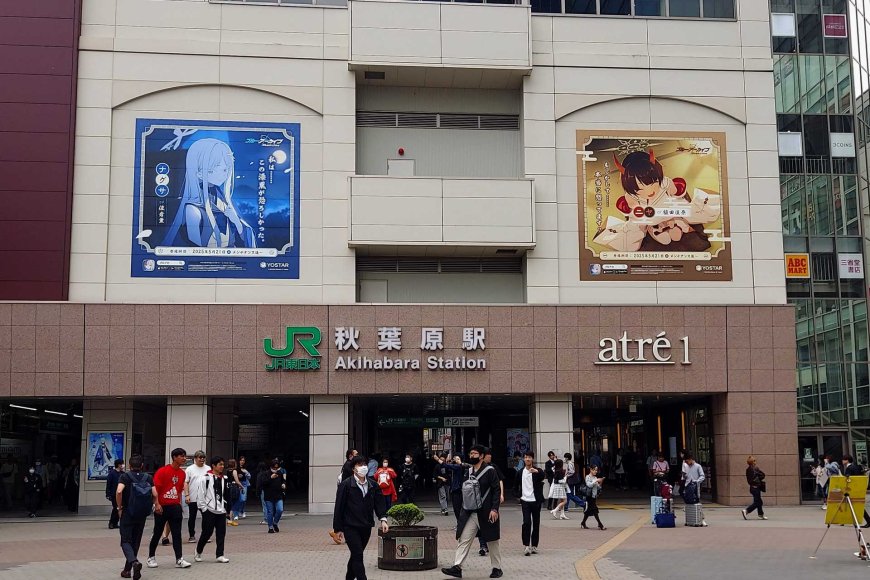
A New Lens on Akihabara: More Than Just a Tech Wonderland
When people hear “Akihabara,” they often picture shelves stacked with the latest gadgets, rows of anime figurines, and the buzz of arcade machines. But to truly appreciate this district in central Tokyo, one must look beyond the flashy storefronts. Akihabara is not only the mecca for tech lovers and otaku culture—it’s also a neighborhood steeped in rich local experiences, hidden dining spots, historical landmarks, and creative subcultures.
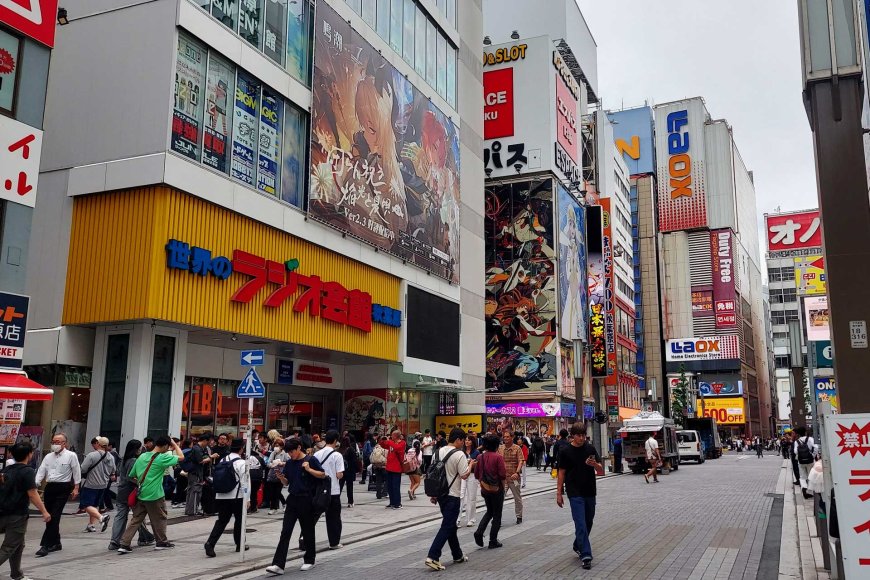
Akihabara’s Traditional Side: Temples and Quiet Corners
While most visitors get lost in the urban sprawl of game shops and maid cafés, Akihabara also has a more tranquil, traditional side. A few minutes' walk from the main station takes you to Kanda Myojin Shrine, a sacred Shinto site with over 1,270 years of history. This shrine stands in striking contrast to the digital buzz of modern Akihabara, offering a place for reflection and cultural immersion. It’s popular among tech professionals and anime fans alike, who often buy omamori (amulets) for success in business and safe electronics use.
Visitors looking for a deeper connection to Japanese spirituality can also explore smaller, lesser-known shrines and Buddhist temples tucked away in the neighborhood’s side streets. These places offer a quiet escape and are ideal for travelers seeking balance in their Tokyo adventure.
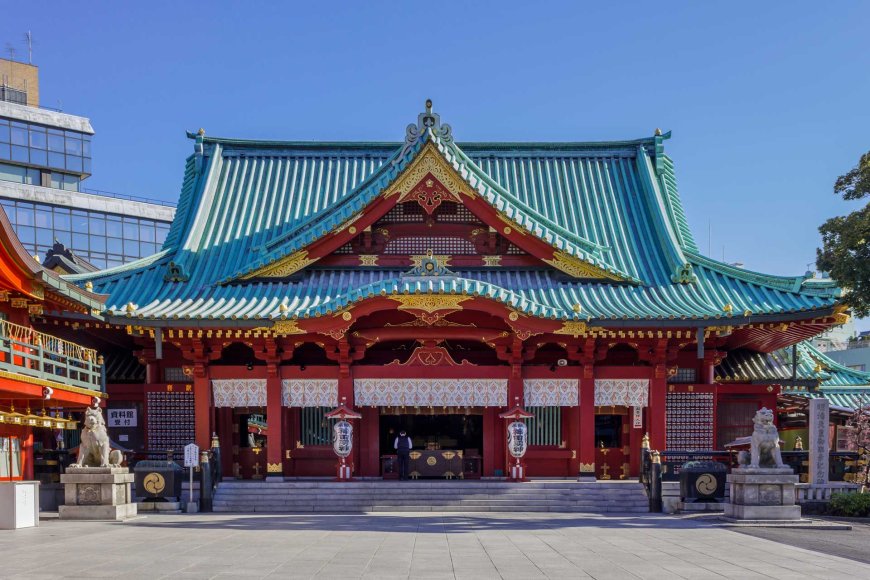
A Foodie’s Paradise: Akihabara’s Underrated Culinary Scene
Beyond the vending machines and themed cafés lies a surprisingly rich culinary scene. Akihabara is a haven for food lovers who know where to look. Hidden alleys near the station house old-school ramen joints, Japanese curry spots, and gyudon (beef bowl) chains frequented by locals.
If you're into traditional sweets, drop by Kanda Ogawamachi for wagashi (Japanese confections) and matcha-based desserts. There's also a growing presence of international cuisine, including halal ramen and vegan options, catering to Tokyo’s diverse travelers.
For anime fans and first-timers, maid cafés still offer an entertaining and unique dining experience. But for repeat visitors and curious explorers, the local izakayas and specialty coffee shops provide a richer, more authentic taste of Tokyo life.
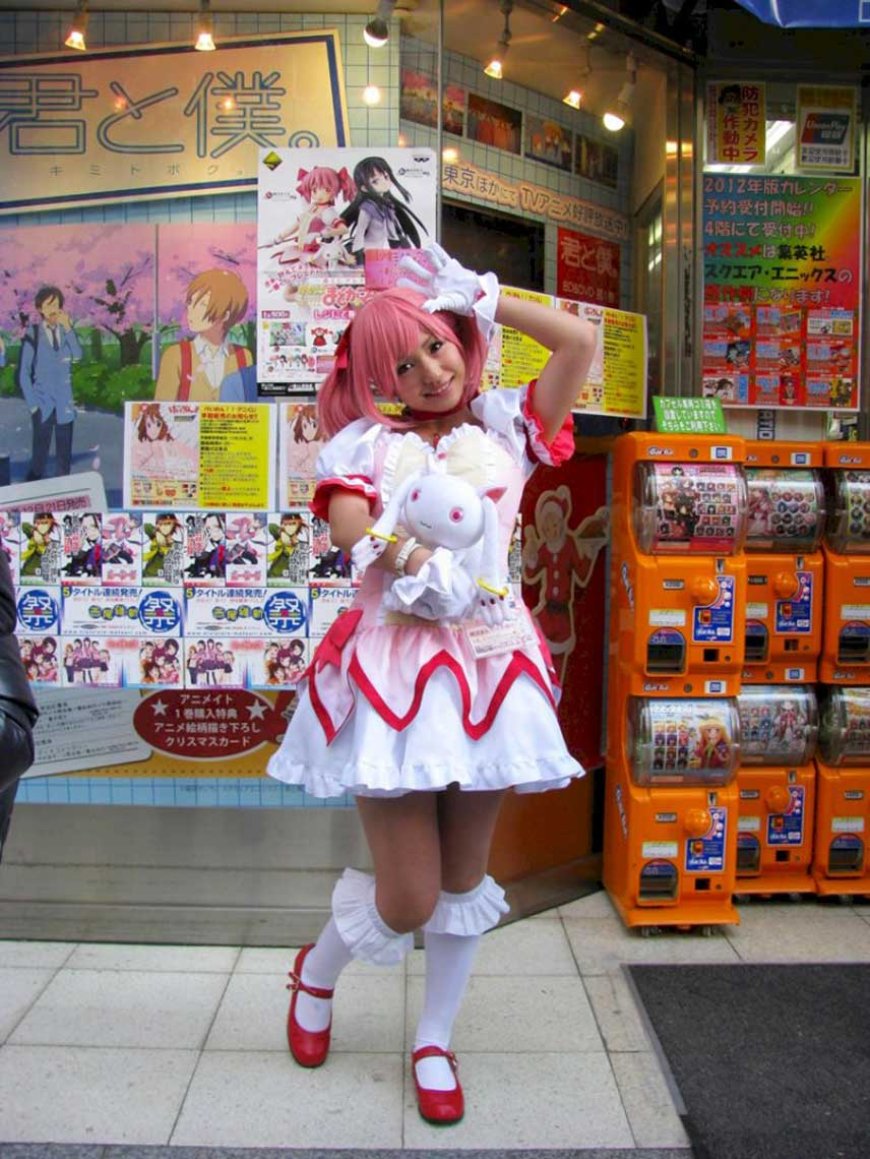
Retro Revival: Game Centers and Vintage Collectibles
Akihabara is known for its futuristic tech, but there’s also a nostalgic side that takes you back to the early days of Japanese pop culture. Several shops specialize in vintage consoles, 8-bit games, and early manga editions. Super Potato, a beloved retro gaming shop, is a must-visit for anyone with even a passing interest in the evolution of video games.
Don’t miss the multi-story arcades like Taito Station and SEGA (now GiGO), where you’ll find everything from rhythm games and claw machines to floors dedicated to retro gaming. The atmosphere here feels like stepping into a different era—complete with CRT monitors and chiptune background music.
Even if you’re not a gamer, the experience is a fun and interactive glimpse into the Japanese obsession with nostalgia and gaming culture.
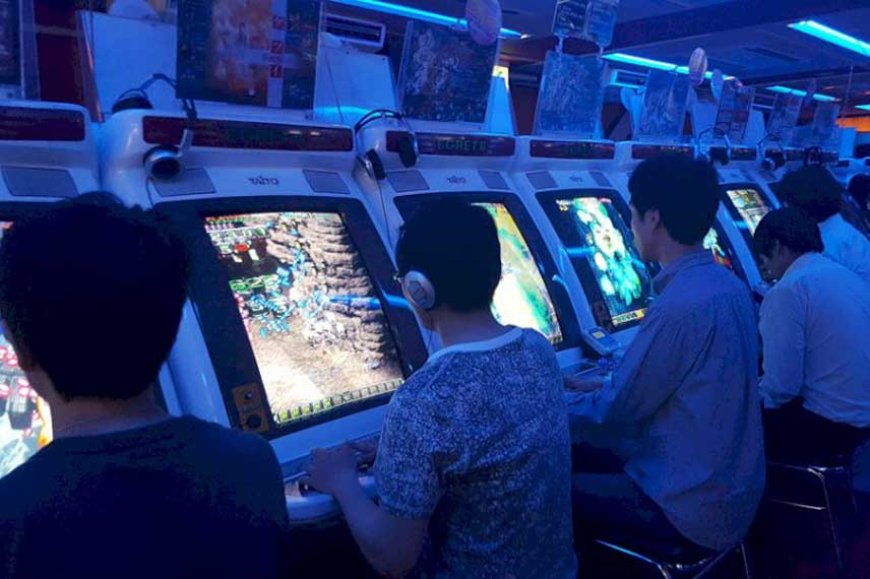
Subcultures and Creativity: Where Tokyo’s Quirks Come to Life
Akihabara is ground zero for many of Japan’s most creative subcultures. From cosplayers strutting their stuff on weekends to indie music venues and doujinshi (self-published manga) markets, the area thrives on grassroots creativity.
Venues like Akihabara UDX and 3331 Arts Chiyoda (just slightly north) host a variety of events, from anime exhibits to tech startup showcases. The Akihabara Culture Zone building is another hotbed for niche interests—housing stores for figurines, model kits, and idol merchandise.
These places are ideal for discovering what fuels Japan’s creative industries, especially for tourists looking to engage beyond surface-level attractions. There are even art supply stores and DIY gadget labs, offering unique souvenirs and experiences not found in typical tourist spots.
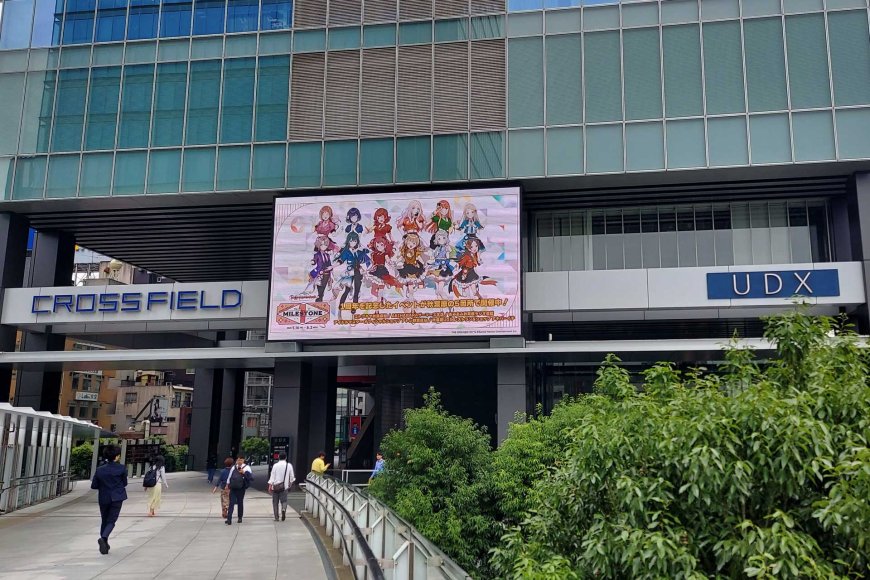
Akihabara at Night: Neon Dreams and Unexpected Calm
After sundown, Akihabara transforms. The neon lights give the district an electric glow, but the crowds thin, offering a very different vibe. It’s the perfect time to stroll around and appreciate the colorful signage and architecture, take photos, or grab a drink at a quiet bar.
Some cafés double as live music venues at night, while others host board game nights or language exchange meetups. You might also discover small cinema clubs or pop-up art shows hidden in what looks like ordinary buildings by day.
This nighttime charm proves Akihabara’s depth—where past, present, and future coexist.
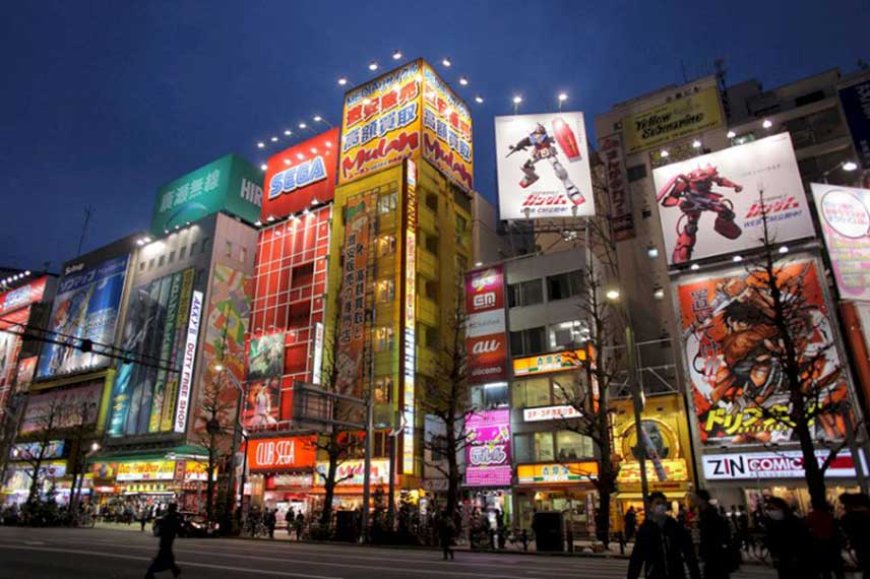
The Many Faces of Akihabara
Akihabara is undeniably a tech and anime capital, but it’s also a treasure trove of food, history, culture, and creativity. Whether you’re a first-time visitor or a seasoned Tokyo traveler, exploring Akihabara beyond electronics offers a more well-rounded, enriching experience.
Next time you visit, look past the blinking signs. You might just find your favorite hidden corner of Tokyo in the least expected place.
Nipino.com is committed to providing you with accurate and genuine content. Let us know your opinion by clicking HERE.



































































